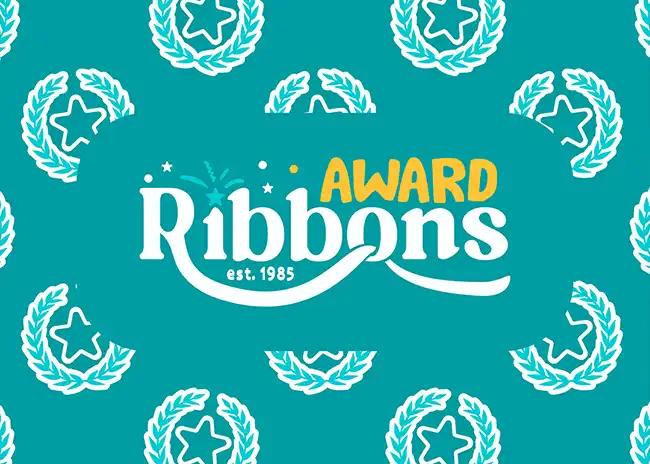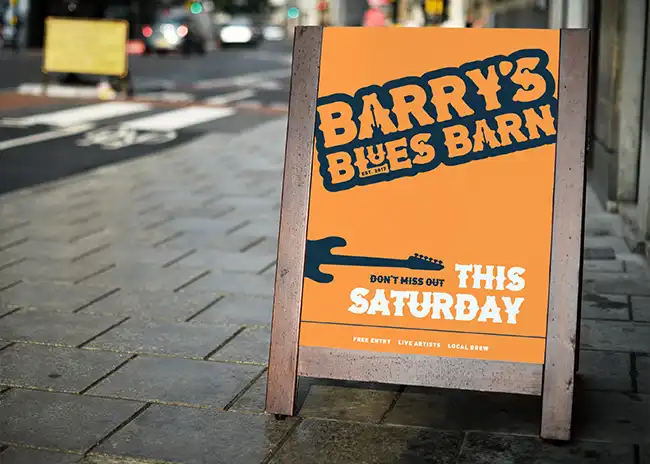Designing Impactful Fundraising Materials for Non-profits

Freelance Graphic Designer, UK
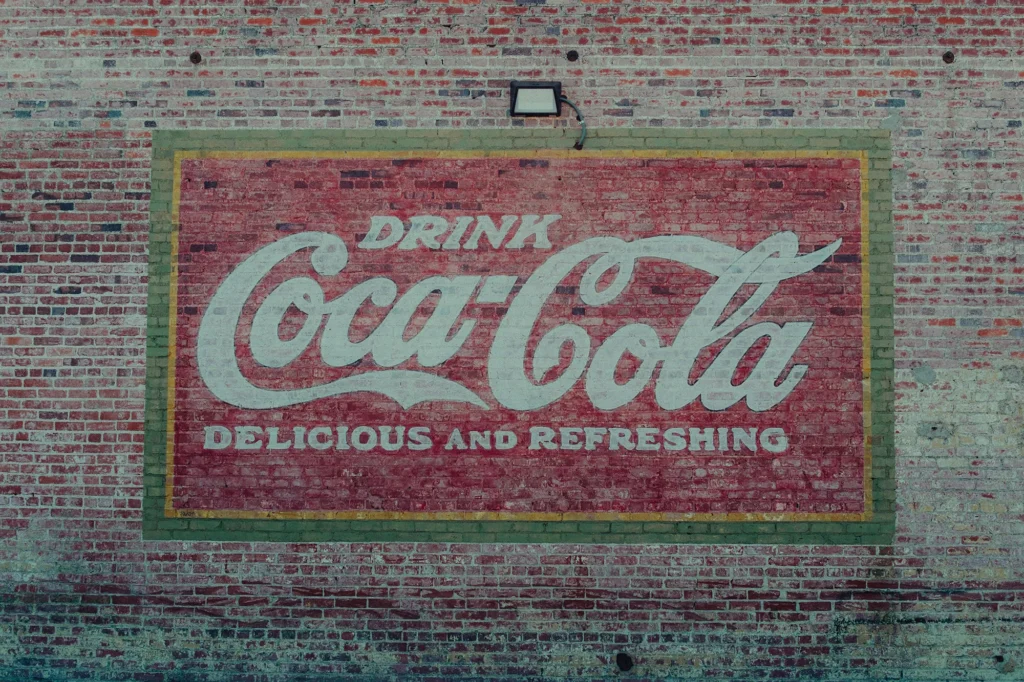
Fundraising is the lifeblood of non-profits, providing the essential resources needed to carry out their missions. To effectively reach potential donors and inspire them to contribute, non-profits must create fundraising materials that are not only informative but also emotionally compelling and visually engaging. Well-designed fundraising materials can make the difference between a successful campaign and a missed opportunity. Here’s how to design impactful fundraising materials that resonate with your audience and drive donations.

Image Credit – Freepik
Understanding Your Audience
Before you begin designing your fundraising materials, it’s crucial to have a clear understanding of your target audience. Different donor groups may respond to different types of appeals, so tailoring your message and design to the specific demographics and interests of your audience is key. Consider the age, values, and motivations of your donors:
- Long-time supporters might appreciate detailed reports showing the impact of their past contributions.
- New donors may need more background information about your mission and why their support is vital.
- Corporate sponsors could be more interested in the visibility and recognition they’ll receive from supporting your cause.
Understanding these nuances will help you craft materials that speak directly to each segment of your audience, making your fundraising efforts more effective.
Crafting a Compelling Story
At the heart of every successful fundraising campaign is a compelling story. Donors need to feel emotionally connected to your cause, and storytelling is one of the most powerful ways to achieve this. Your fundraising materials should clearly convey:
- The Need: What problem or challenge is your non-profit addressing? Use real-life examples or statistics to illustrate the urgency of the issue.
- The Impact: Show how donations will make a difference. Highlight specific programs, initiatives, or outcomes that have resulted from past contributions.
- The Call to Action: Clearly explain what you’re asking donors to do—whether it’s making a donation, volunteering, or spreading the word—and how they can get involved.
Incorporate testimonials, quotes, and success stories from beneficiaries or volunteers to make your appeal more relatable and human. When donors see the direct impact of their contributions, they’re more likely to feel compelled to give.
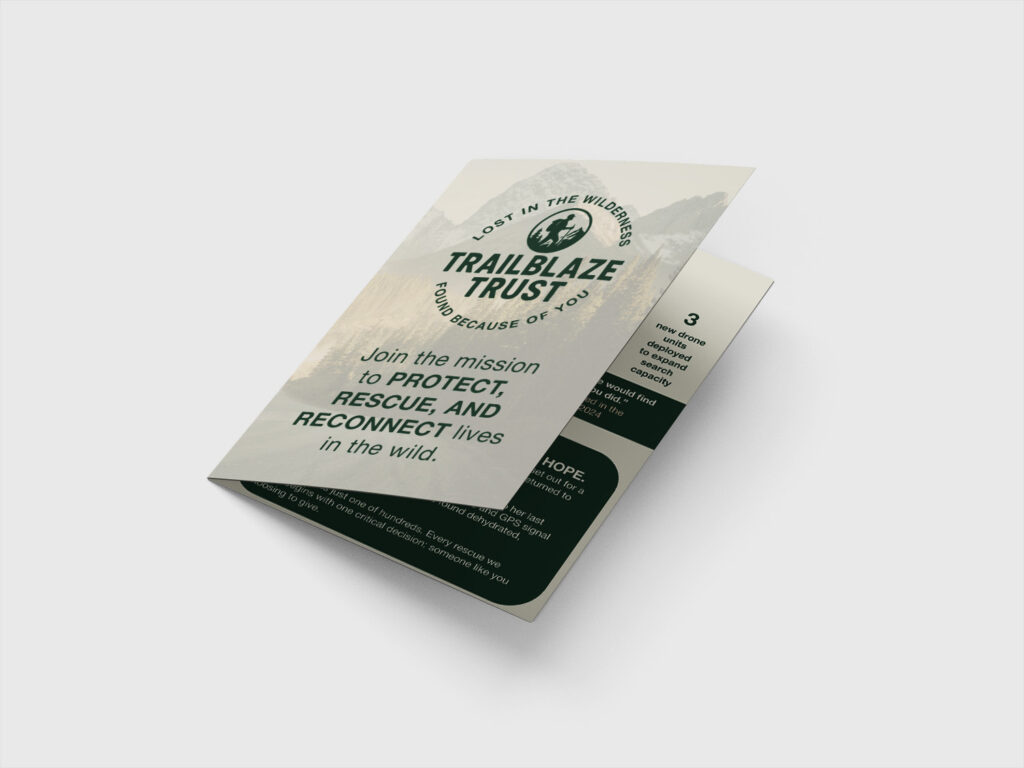
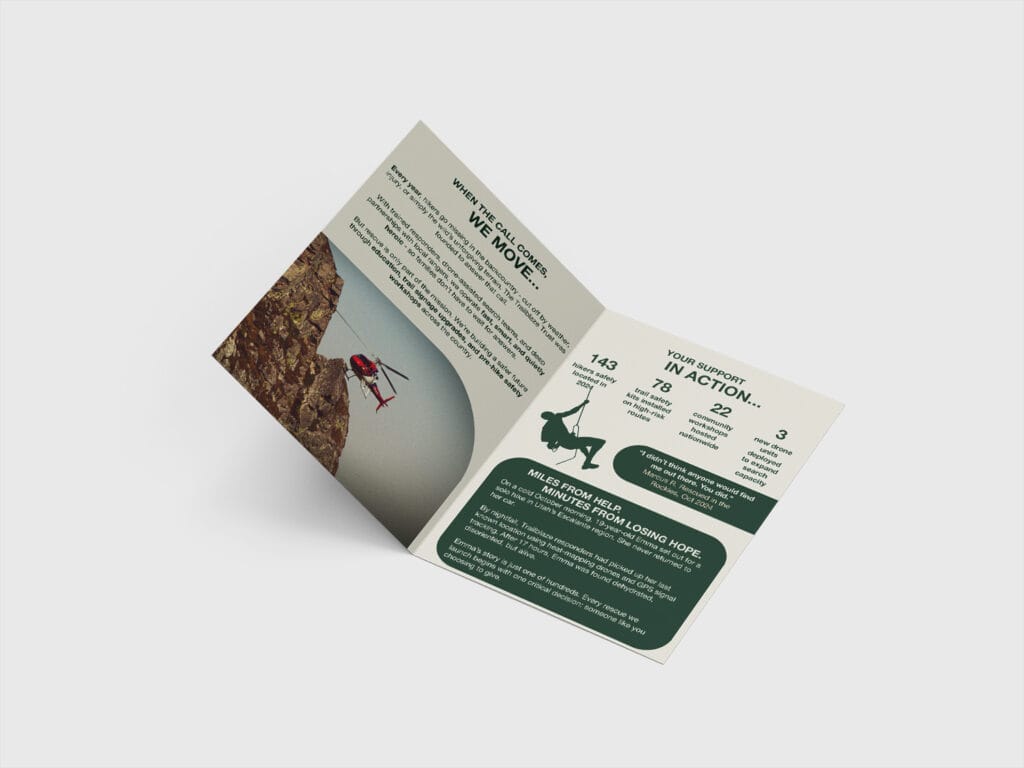
Visual Design: Making an Emotional Connection
Visual design is a critical component of effective fundraising materials. The design should not only catch the eye but also evoke the emotions that drive people to donate. Here are some key elements to focus on:
Colour Scheme: Use colours that align with your brand but also evoke the right emotions. For example, blue can convey trust and reliability, while red can evoke urgency and passion. Consistent use of your colour scheme across all materials reinforces your brand identity.
Imagery: Powerful images can tell a story in ways that words alone cannot. Use high-quality photos of the people, animals, or environments your non-profit serves. Authentic images that capture emotion can significantly enhance the persuasive power of your message.
Typography: Choose fonts that are easy to read and reflect the tone of your message. For a formal appeal, serif fonts might be appropriate, while sans-serif fonts can create a more modern and approachable feel. Ensure that your headings, subheadings, and body text are clearly differentiated to guide the reader through the material.
Layout and Hierarchy: Organise your content in a way that guides the reader’s eye naturally from one section to the next. Use headings, bullet points, and white space strategically to break up text and highlight key points. The most important information should stand out, making it easy for donors to grasp your message at a glance.
Creating a Clear Call to Action
Your fundraising materials should leave no doubt in the donor’s mind about what they need to do next. Whether it’s donating online, mailing a cheque, or attending an event, the call to action should be clear, concise, and compelling. Use strong, action-oriented language like “Make a Difference Today” or “Help Us Change Lives.”
Additionally, make it as easy as possible for donors to take action. Include clear instructions, multiple ways to give, and any necessary contact information. If you’re using printed materials, consider adding a QR code that links directly to your donation page, making it simple for donors to contribute.

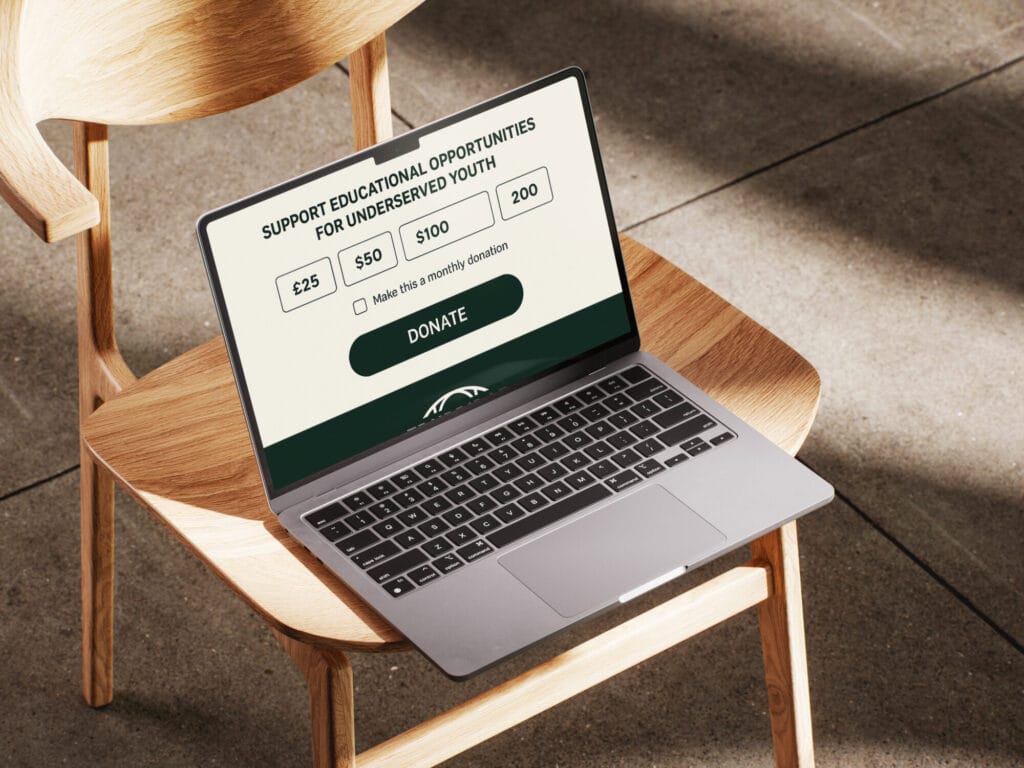
Leveraging Different Formats
Different types of fundraising materials serve different purposes, and using a variety of formats can help you reach a broader audience. Consider the following:
Brochures and Flyers: Great for events, direct mail campaigns, or as leave-behinds after meetings with potential donors. These should be visually appealing, easy to read, and packed with the essential information.
Direct Mail: Traditional but still effective, especially with older demographics. Direct mail appeals should be personal, with a strong narrative and a clear call to action. Including a pre-paid return envelope can increase response rates.
Digital Materials: Emails, social media posts, and online ads should be consistent with your printed materials but tailored for the digital space. Use engaging subject lines, compelling visuals, and easy-to-click links to drive action.
Annual Reports: For major donors, foundations, or corporate sponsors, an annual report detailing your non-profit’s achievements and financial transparency can be a powerful tool. This document should combine professional design with detailed content that underscores the impact of donor support.
Testing and Iteration
Finally, don’t be afraid to test different versions of your fundraising materials to see what resonates most with your audience. A/B testing with emails, for instance, can help you determine which subject lines, images, or calls to action drive the best results. Use analytics to track the performance of your materials and be prepared to make adjustments as needed. Continuous improvement will ensure that your fundraising efforts remain effective over time.
Conclusion
Designing impactful fundraising materials is an art that combines storytelling, visual design, and strategic thinking. By understanding your audience, crafting a compelling narrative, using effective design principles, and providing a clear call to action, your non-profit can create materials that not only capture attention but also inspire action. In the competitive world of fundraising, well-designed materials are essential for standing out and achieving your mission.
For more guidance on creating effective fundraising materials or enhancing your non-profit’s visual identity, follow our blog or contact me. Let’s work together to make your next fundraising campaign a success!

The Creative Compass Bulletin is your monthly guide to navigating the world of design. Packed with inspiration, expert tips, and exclusive resources, it’s crafted specifically for freelance designers who are ready to level up their creative game and grow their brand. Join a community of like-minded creatives and let the Creative Compass Bulletin point you in the right direction!


